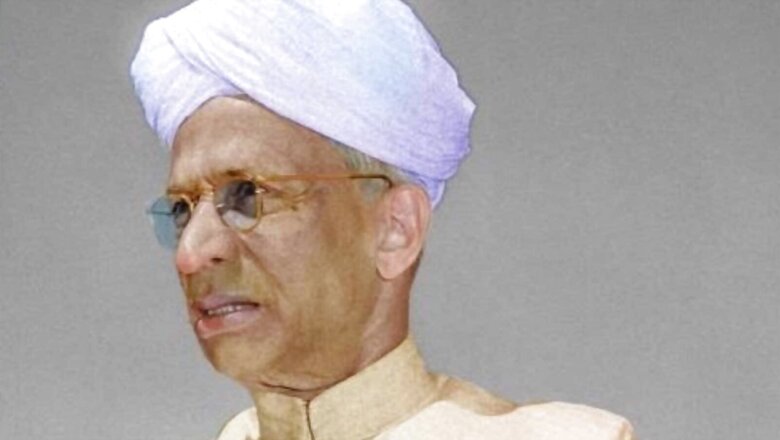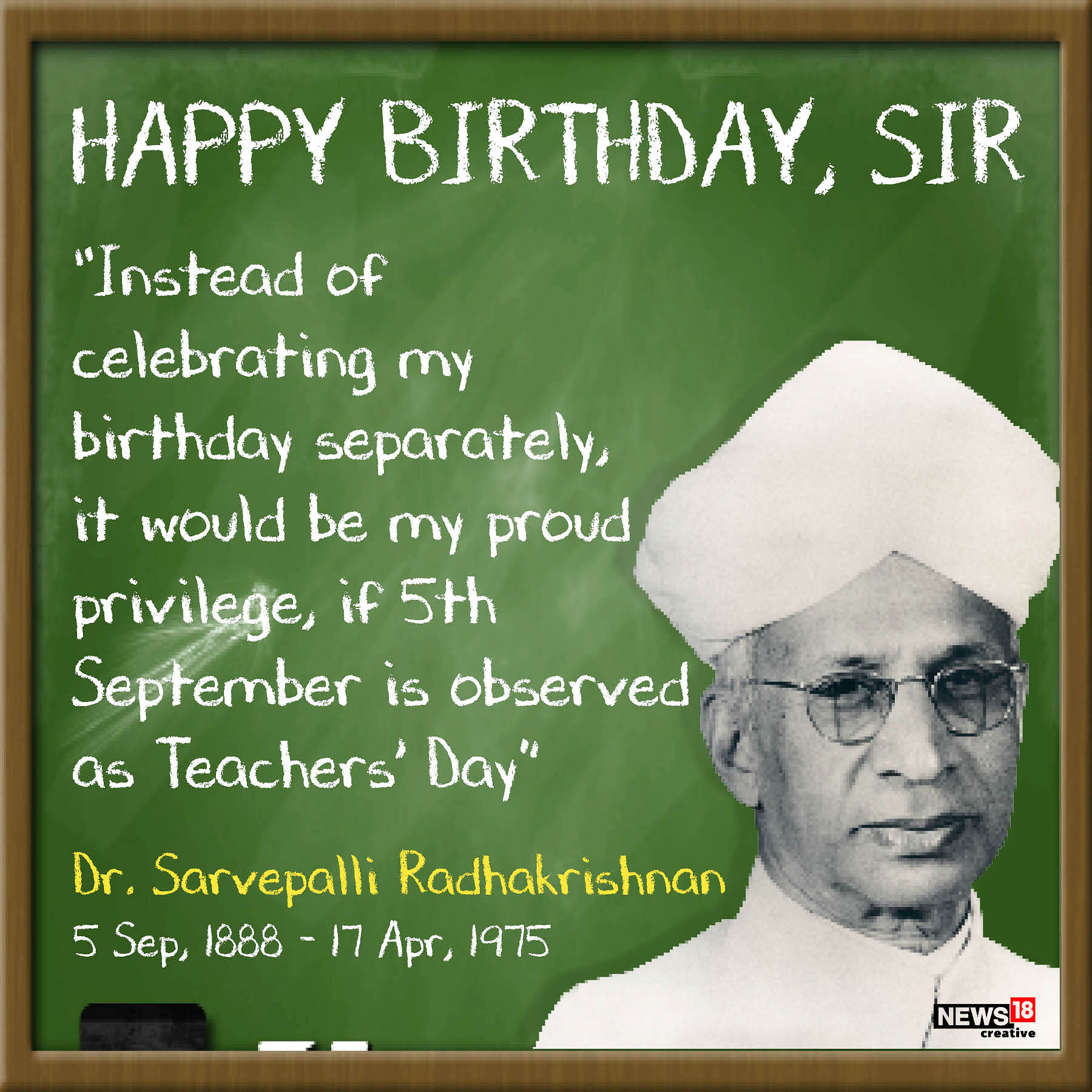
views
On September 5, students across the country observe Teacher’s Day to pay tribute to their teachers. This is a month ahead of the world. International teachers’ day falls on October 5. UNESCO proclaimed 5 October to be World Teachers’ Day to commemorate recommendations concerning the status of teachers in cooperation with the International Labour Organisation.
Then why is Indian teachers’ day celebrated differently? The connection of this day goes back to the first vice-president of independent India. Let us learn today in #ClasseswithNews18 the history and significance of this day.
What is the connection between Teacher’s Day & Sarvepalli Radhakrishnan
India’s Teacher’s Day marks the birthday of the former vice-president, Dr Sarvepalli Radhakrishnan. A renowned scholar, philosopher, and the recipient of Bharat Ratna, Dr Radhakrishnan is independent India’s first vice- president, and second president (1962). Born on September 5, 1888.
Radhakrishnan served as a professor at various colleges and universities, including Chennai’s Presidency College and Calcutta University. As his teaching career progressed, he went on to serve as vice-chancellor of Andhra Pradesh University, Delhi University, and Banaras Hindu University. In April 1909, Radhakrishnan was appointed to the department of philosophy at the Madras Presidency College. In 1918, he joined Maharaja’s College, Mysore.
Also read| Greatest Reward is if My Students Learn ‘Humanity’: West Bengal Primary School Teacher Listed for National Award
He had also received a proposal from Oxford University in 1936 to teach Eastern Religions and Ethics. Radhakrishnan accepted the proposal and taught there for several years, before taking a plunge into politics. In 1939, he was elected a Fellow of the British Academy.
The end product of education should be a free creative man, who can battle against historical circumstances and adversities of nature — Dr Sarvepalli Radhakrishnan
Besides teaching, he represented India at the United Nations Educational, Scientific and Cultural Organization (UNESCO) from 1946 to 1952. He was also appointed India’s Ambassador to the Soviet Union, where he served from 1949 to 1952.
He was appointed as the first vice president of India in 1952. After 10 years in office, he went on to become the second president of India in 1962.
In 1962, after he took over as the then President Rajendra Prasad, his students approached him, requesting him to allow them to celebrate his birthday. Instead of allowing them to do so, he asked them to observe it as Teachers’ Day. “Instead of observing my birthday discretely, it would be my pompous privilege if 5th September is observed as Teachers’ Day," he replied to his students.

Since then, Teachers’ Day has been marked every year on his birth anniversary in the honour of all the teachers and professors. Radhakrishnan was honoured with Bharat Ratna, India’s highest civilian award, in 1954. Further, he was nominated 27 times for the Nobel Prize.
Sarvepalli studied at Voorhees College in Vellore and later took admission to Madras Christian College at the age of 17 years. In 1906, he completed his master’s degree in Philosophy. He then started his career as a professor.
Did you know he was knighted in 1931, and since then he was addressed as Sir Sarvepalli Radhakrishnan. But that was before India became independent. After independence in 1947, he came to be known as Dr Sarvepalli Radhakrishnan. In 1936, he was named as Spalding Professor of Eastern Religions and Ethics at Oxford University and was elected as a Fellow of the All Souls College.
A life of joy and happiness is possible only on the basis of knowledge and science — Dr Sarvepalli Radhakrishnan




















Comments
0 comment